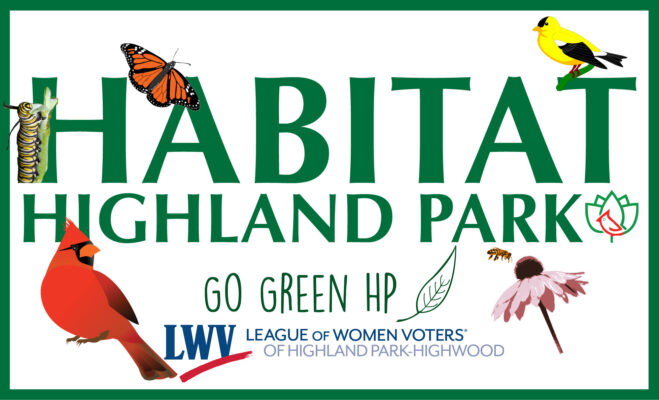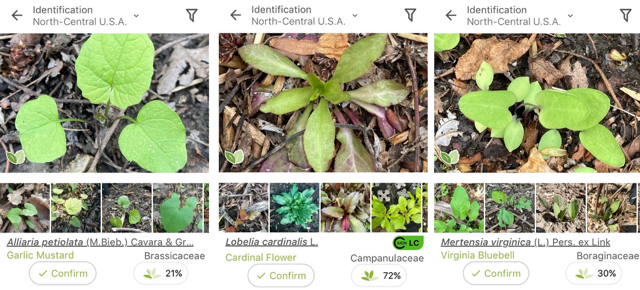
Habitat Corner
We are excited to launch a new segment for our readers called, “Habitat Corner.” We will share timely information and curated articles about native gardening and habitat friendly plants and practices. Our first installment is May 2025.
May is a great time for gardening! Here’s how you can use your green thumb to support our pollinators.
We rely on pollinators, and they are in crisis. Many pollinators are specialists that need native plants to survive. You can help these crucial pollinators by including native plants in your landscaping. That could mean converting part of your yard to native plants, or even just planting some native wildflowers in a garden bed or planter. Every bit helps.
The first way you can help our pollinators is free and easy: identify weeds before you pull them. One good tool for this is the PlantNet app, which lets you upload a photo you take of a plant and compares it with its database of plants to identify what that plant is. You may want to try identifying the same plant a week or two apart if it seems particularly hard to identify.
Some plants are invasive: they are not from here, do not feed our pollinators or wildlife, and displace plants that do. Invasive plants need to be removed and disposed of responsibly.
Some of your “weeds,” though, will be young native plants. You can look up photos of the mature plant on PlantNet or the resources linked within the app, and decide if you want to leave the seedling where it is or move it to a place that better suits your landscaping needs and preferences.

| Screen captures from PlantNet. Left: Garlic Mustard seedling. Garlic mustard is a highly invasive weed. This seedling was pulled and put in the compost as it has no seeds yet. Center: Cardinal Flower is a great native for gardens with moist soil. It produces bright red flower stalks in the summer that are about 3’ to 4’ tall. Right: PlantNet identified these seedlings as Virginia Bluebell, another native that is well-suited to landscape planting. Given the lower confidence (30%), it would be good to check the seedlings again in a week to confirm the identification. |
